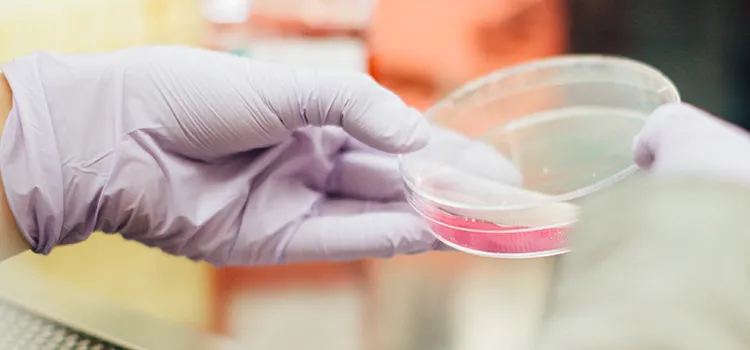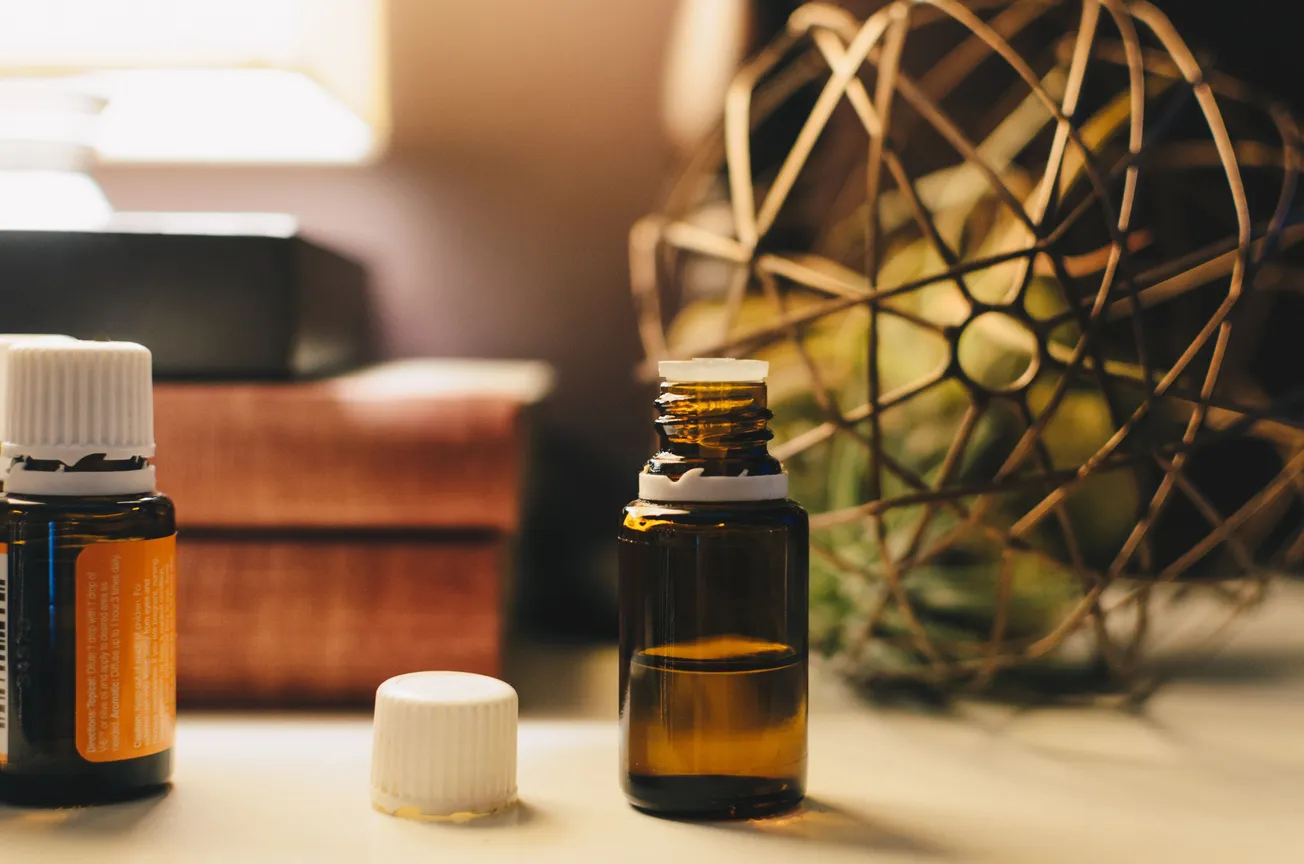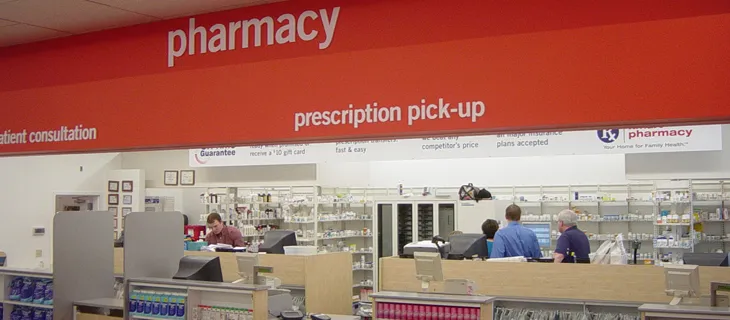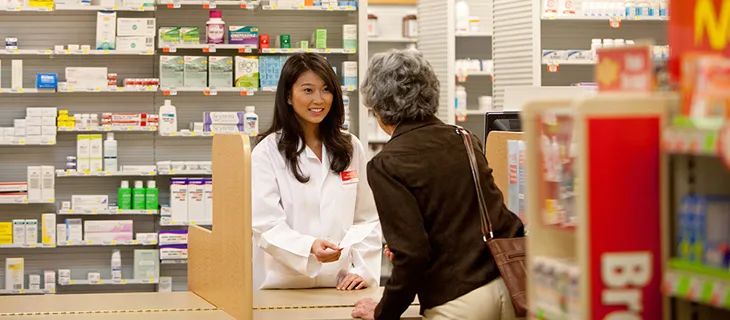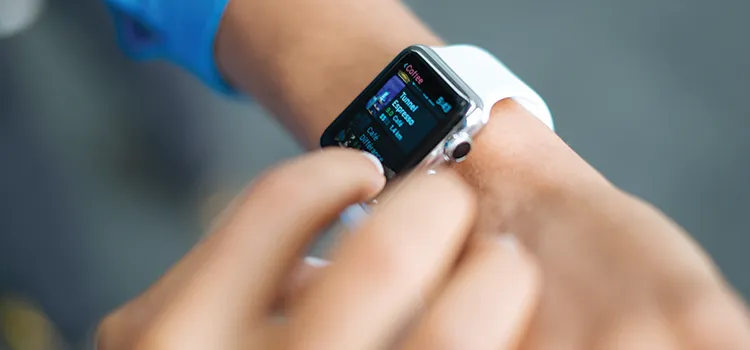
Giedre Liorancaite
Growth of the global pharmaceuticals and medical equipment industry gathered pace in 2018, with the Asia Pacific region and Western Europe registering the most substantial increases over the previous year, 8.2% and 8.1%, respectively, according to Euromonitor International. Meanwhile, a deteriorating trade environment in the light of pending Brexit and U.S.-China trade disputes, as well as rising pricing pressures, clouds the industry’s growth prospects.
Companies’ revenues, especially in North America, are also expected to be negatively affected by the anticipated patent expirations of some high-revenue drugs, intensifying competition and increasing regulatory uncertainty. However, although drug and device firms operate in an increasingly difficult environment, some strong growth opportunities remain in employing new technologies and embracing surging demand for biologics, biosimilars and drug-device combination products.
Here are five trends that are shaping the drug and medical device industry.
Industry 4.0 is transforming manufacturing
Pharmaceutical companies are expected to be among the most likely to implement Industry 4.0 solutions — a term that describes the use of big data and the Industrial Internet of Things (IIoT) within manufacturing. Among the many key applications of Industry 4.0 medical products manufacturing are customized medicine, 3D printed products, predictive factory maintenance and smart warehousing.
Key drivers for Industry 4.0 adoption within the industry include:
• Rising expectations that drug and device quality must be monitored more often.
• The implementation of new serialization laws in the U.S. and Europe, which are pushing companies to make significant changes to IT infrastructure in order to fully implement serialization in the manufacturing facility.
• The need for drug and device makers to remain competitive within an increasingly difficult operational environment.
The cost of upgrading facilities that are already operating, the lack of a skilled labor force and security concerns remain the major obstacles preventing companies from fully embracing Industry 4.0 solutions.
Biologics drive future growth
Aging societies are expected to ensure the continuous consumption of high-value-added drugs, especially in such areas as oncology and diabetes. Thus, biologics is set to be among the fastest-growing pharmaceutical categories.
Biologics production continues to surge, with future demand for biologics expected to increase at double the rate of the overall pharmaceuticals market. Aiming to capitalize on strong biologics growth, companies such as Bristol-Myers Squibb and Boehringer Ingelheim are investing in new biopharmaceutical manufacturing sites or expanding their existing facilities.
Other companies turn to biopharma to achieve revenue gains or to remain competitive within the industry. For example, Teva Pharmaceutical Industries underwent a negative performance in 2017 and 2018, and plans to shift towards innovative biologics or biosimilar production as part of its recovery strategy.
Biosimilars gain ground
Biosimilar production is expected to be spurred by loss of patent protection for best-selling biologics, government support programs and the entrance of strong Asian biosimilar companies into the competitive landscape.
The high price of biologics drives countries with mainly publicly financed health care systems — including Canada, Germany, Denmark and the Netherlands — to introduce various incentives to facilitate the consumption and production of generics and biosimilars rather than branded drugs.
The loss of patent protection for best-selling biologics, including Humira (rheumatoid arthritis), Remicade (autoimmune diseases) and Lantus (diabetes), opens the way for biosimilars to enter the market and increase competition among producers of biologics. Also, biologics face rising competition from such Asian companies as Celltrion, Samsung BioLogics and Dr. Reddy’s, which are employing aggressive tactics to enter the market with their biosimilar products.
Rise of drug-device combination products
Demand for drug-device products is expected to outperform demand for non-combination products, thanks to companies’ rising need for new revenue streams, growing demand for patient-friendly products with tracking and monitoring capabilities, and surging biologics production.
GlaxoSmithKline serves as one example of a pharma company leveraging its existing products. Seeking to regain the declining revenues of its obstructive pulmonary disorder drug Advair, GSK launched a new Ellipta inhaler in collaboration with Propeller Health. The inhaler makes a record when patients use it and helps simplify, improve and personalize the management of the disease.
Pricing pressures will persist
Rising government pressure to curb health care costs will continue to manifest in regulatory pricing pressures for the pharmaceuticals industry. The key players within pharmaceuticals and medical equipment production are expected to continue facing increasing pricing pressures on the back of direct and indirect price controls imposed by governments, as well as the pending loss of patent protection for drugs that are currently responsible for a significant share of companies’ revenues.
The public authorities within major drug markets — including the U.K., Japan, France and Germany — have recently expanded or announced plans to extend their powers to regulate the cost of medicines and medical supplies.
Generic drug producers are affected to a substantial degree as well by those governments hoping to achieve drug availability for a greater share of the population and, at the same time, to contain health costs. Such public initiatives include price caps and increasingly regular prescription drug price revisions.
Giedre Liorancaite is a consultant at Euromonitor International, responsible for providing clients with custom research solutions.

